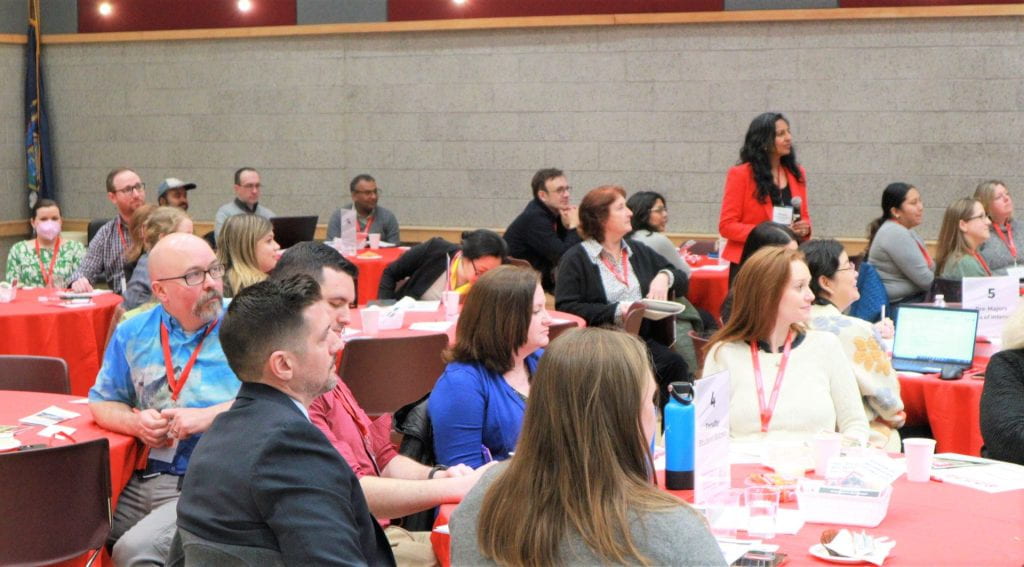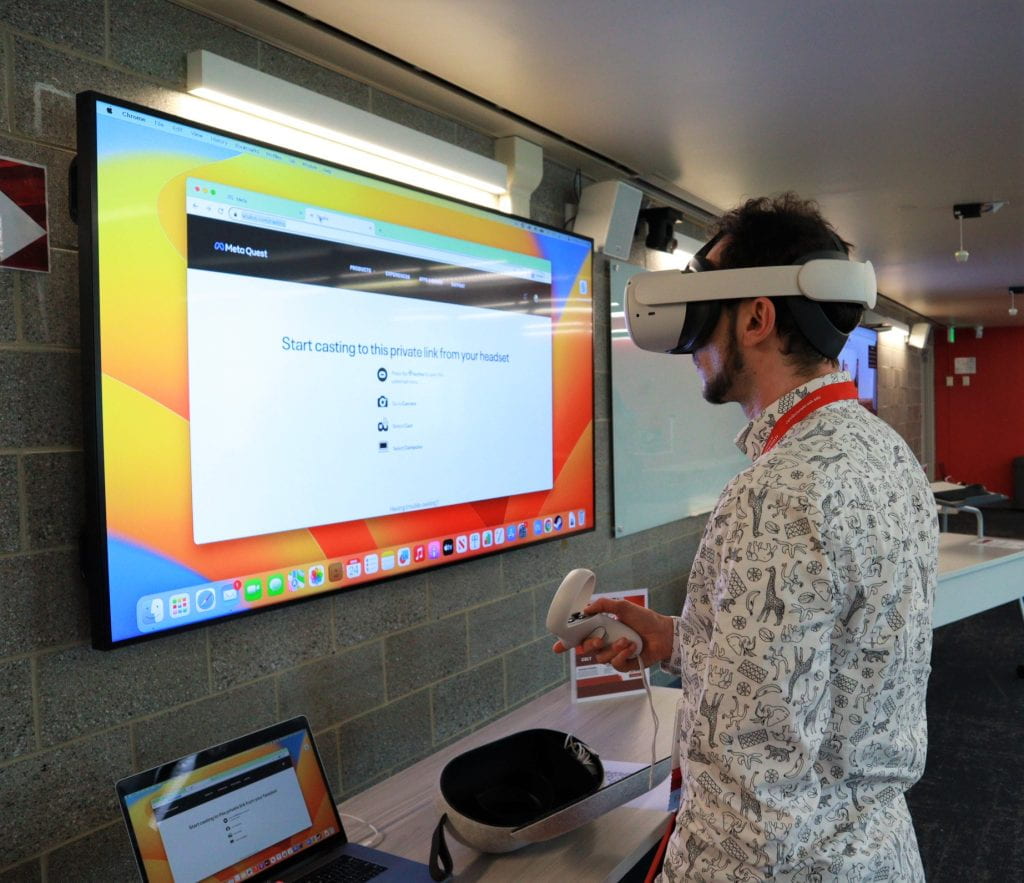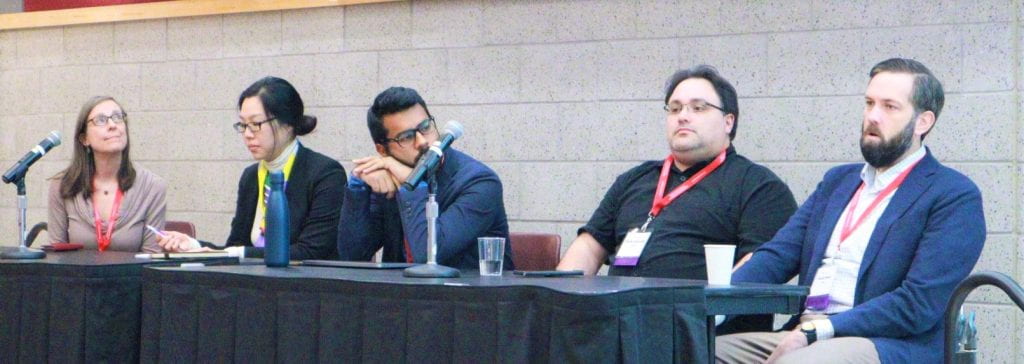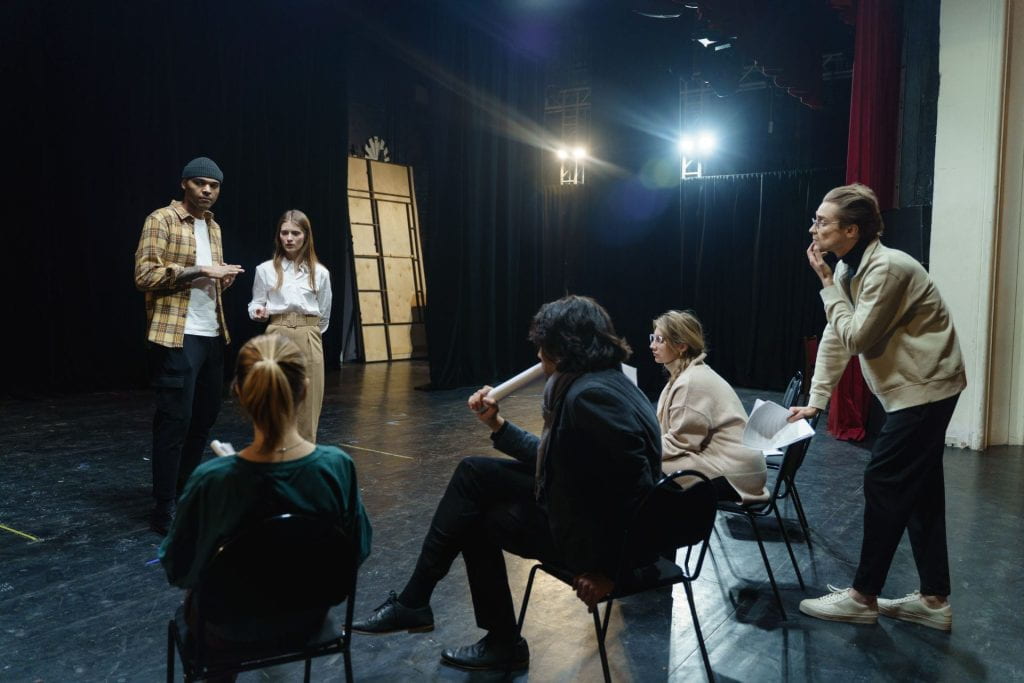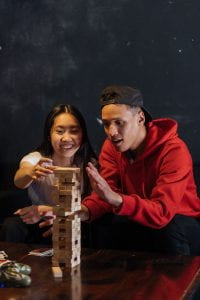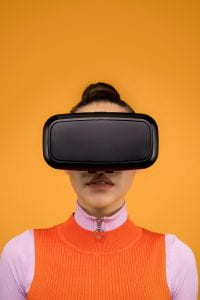By Bismi Biju
CELT Graduate Student Assistant
Have you ever noticed a difference in how you speak around your colleagues compared to how you speak with your friends and family? It’s likely that you unconsciously adjust your speech to fit professional settings, such as using more formal language and being more measured in your tone. Additionally, if you come from a place with a regional dialect, you may also adapt your speech based on the social context. For example, you may speak with a different accent or use different words or phrases depending on who you’re talking to.

I find myself having to switch between dialects and slang when talking to professors on campus versus friends back home versus traditional family settings. As I spent my undergraduate career at Stony Brook, I naturally found myself changing tone and sentence structure to fit into the classroom setting better, especially in STEM courses. This is something that I didn’t consider in high school as everyone around me was familiar with regional slang words.
Linguists refer to this phenomenon as code-switching, which originally meant switching between two languages in a conversation (Gardner-Chloros, 2009). However, in today’s increasingly multicultural and multiethnic society, the term has evolved to describe how people shift between different cultures as they communicate with others. This can include choosing different communication styles, such as using different languages, adjusting your accent or tone, or adapting your behavior and dress.
There are many reasons why people use code-switching. Sometimes, it’s to fit in with a particular group or to convey thoughts and concepts that might be easier to explain in a specific language or communication style. Other times, it’s simply a force of habit or a way of expressing one’s cultural identity. However, the most common reason for code-switching is to identify with a particular social group, and most of the time, people don’t even realize they’re doing it (Myers‐Scotton, 2017). Code-switching happens subtly, and it’s not limited to bilingual speakers.
For example, when you leave your hometown for college, you may find yourself in a new cultural environment where you must navigate unfamiliar social structures while retaining your identity. This can involve cultural code-switching, which can include multiple aspects of one’s cultural identity, such as the type of clothing worn, hair style, speech, or behavior (Martin-Jones, 1995). Unfortunately, those from Black, Indigenous, People of Color (BIPOC) communities are more likely than their non-Hispanic White counterparts to say they feel the need to code-switch. A study found that 4 in 10 Black and Hispanic adults often feel the need to change the way they talk around others of different races and ethnicities, especially among non-Hispanic Whites. Additionally, 48% of Black professionals under age 50 see code-switching as a career necessity (McCluney, et al., 2021).
Expertly navigating another culture isn’t a rejection of where you come from or a signal that you are any less authentic. Especially in the American culture that too often demands assimilation or marginalization, it matters that academic and corporate spaces are embracing people of all backgrounds. If it isn’t intentionally inclusive, it is unintentionally excluding. Therefore, flexibility and awareness is necessary in these circles to make sure everyone feels heard and empowered. Those that are in the majority have less code-switching and less adaptation required when in these settings, so it is important to bring awareness to the issue.
References:
Gardner-Chloros, P. (2009). Code-switching. Cambridge University Press.
Martin-Jones, M. (1995). Code-switching in the classroom: Two decades of research. One speaker, two languages: Cross-disciplinary perspectives on code-switching, 90-111.
McCluney, C.L., Robotham, K., Lee, S., and Durkee, M. (2019). The costs of code-switching. Harvard Business Review. Retrieved from https://hbr.org/2019/11/the-costs-of-codeswitching
Myers‐Scotton, C. (2017). Code‐switching. The handbook of sociolinguistics, 217-237.

